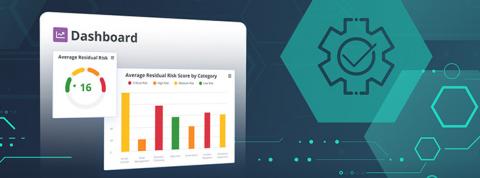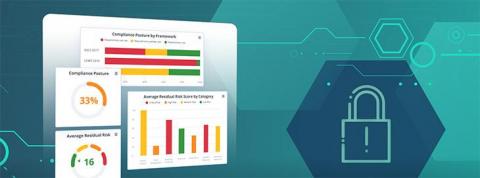What is Cybersecurity Architecture and Why is it Important?
Cybersecurity threats abound, and the pace of cybersecurity attacks is increasing steadily year after year. At the same time, consumers are also becoming more aware of cybersecurity harms, and demanding better performance from the companies with which they do business. Regulators hear that sentiment from consumers too, and are responding with ever more stringent rules for data privacy.





